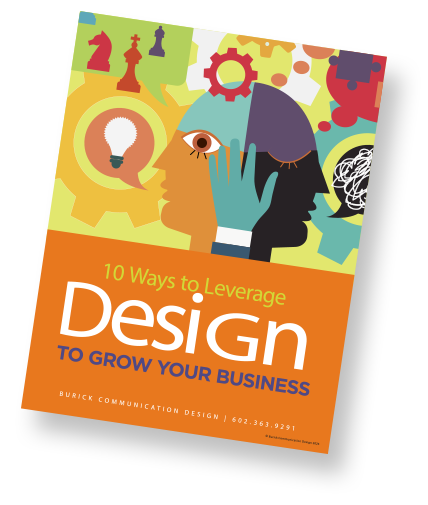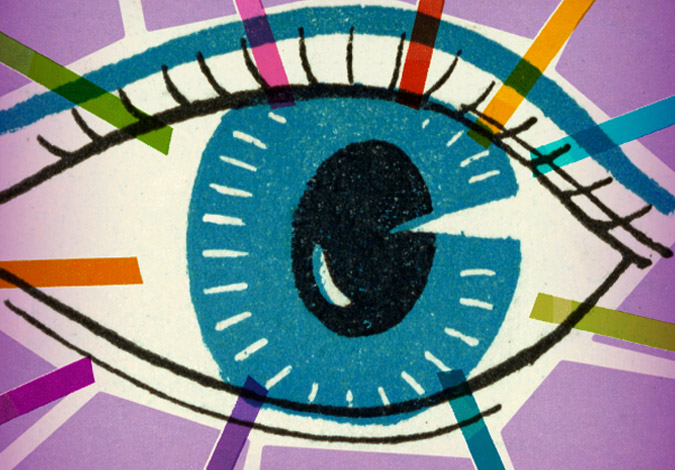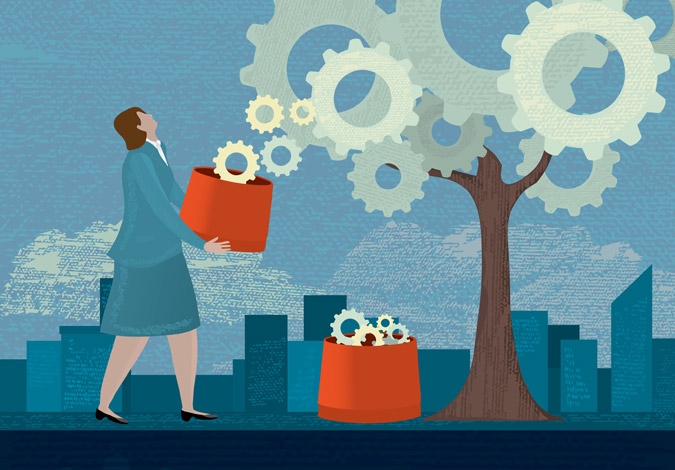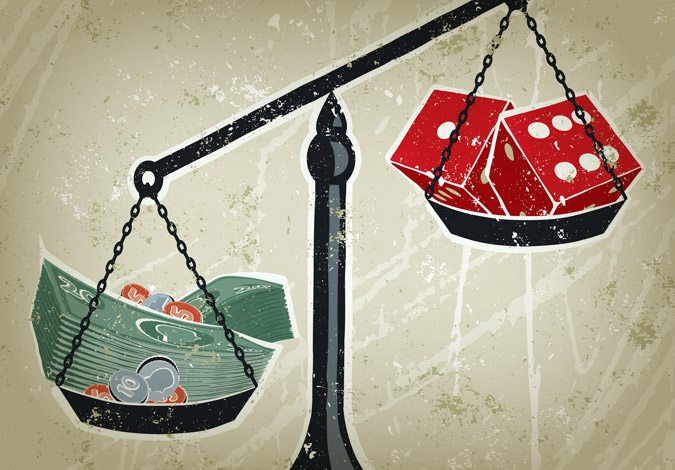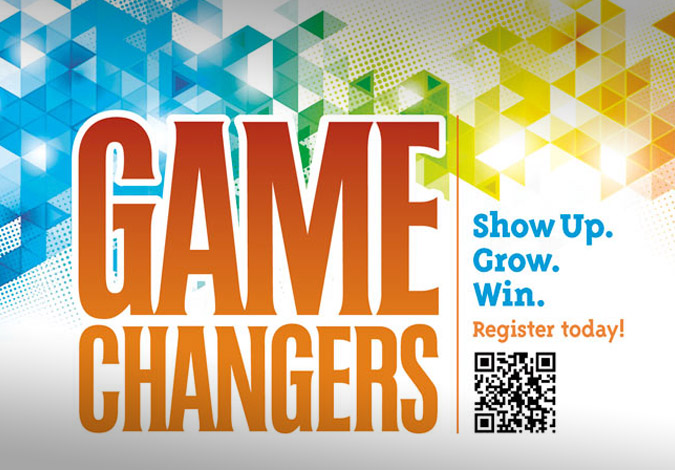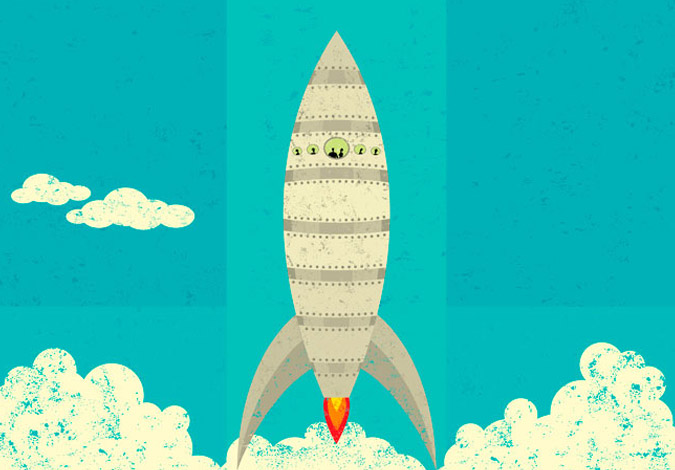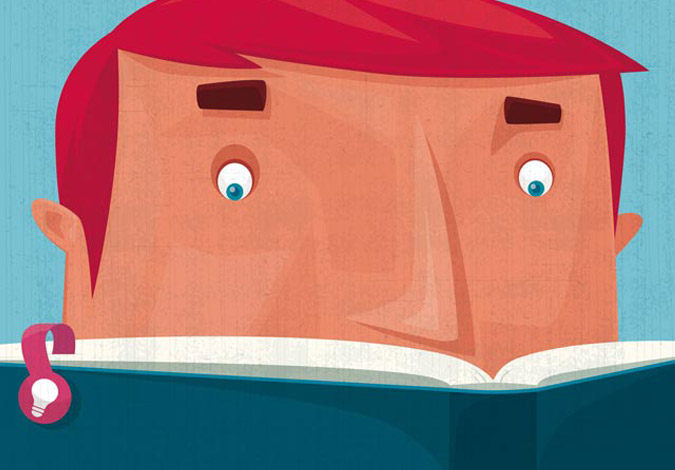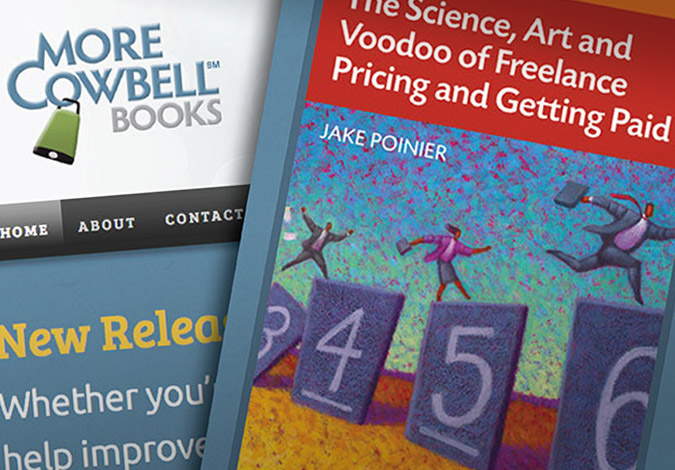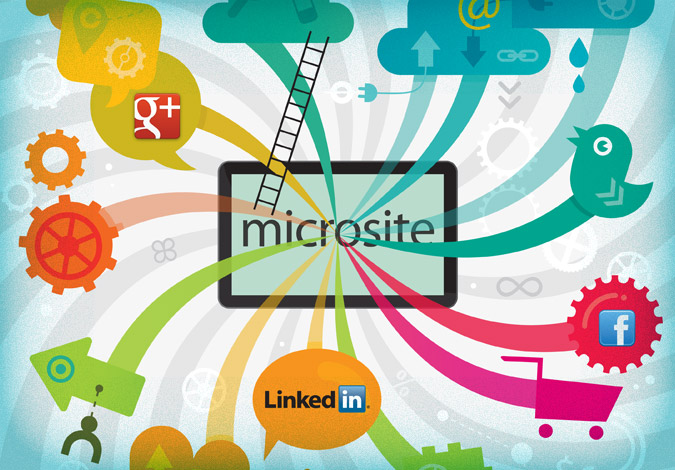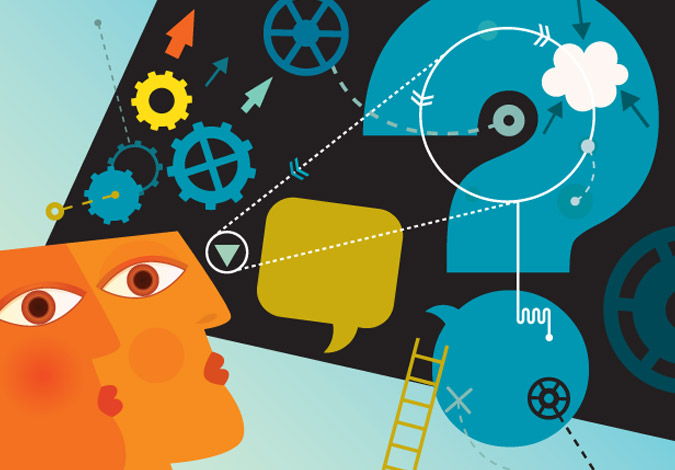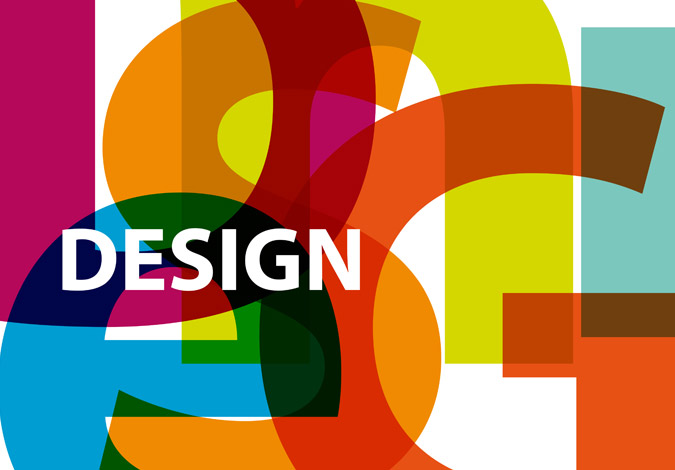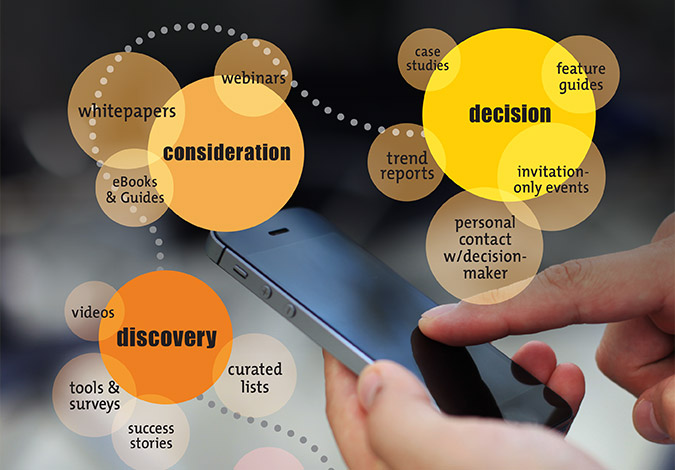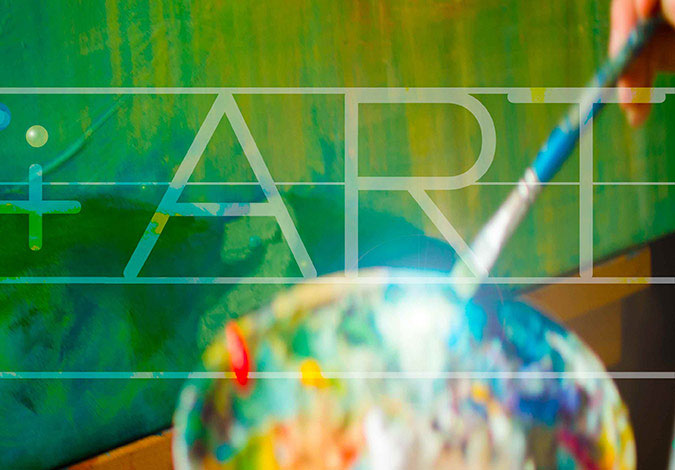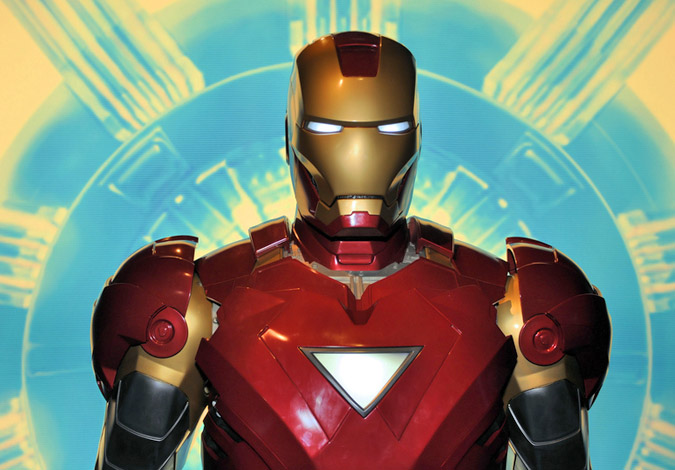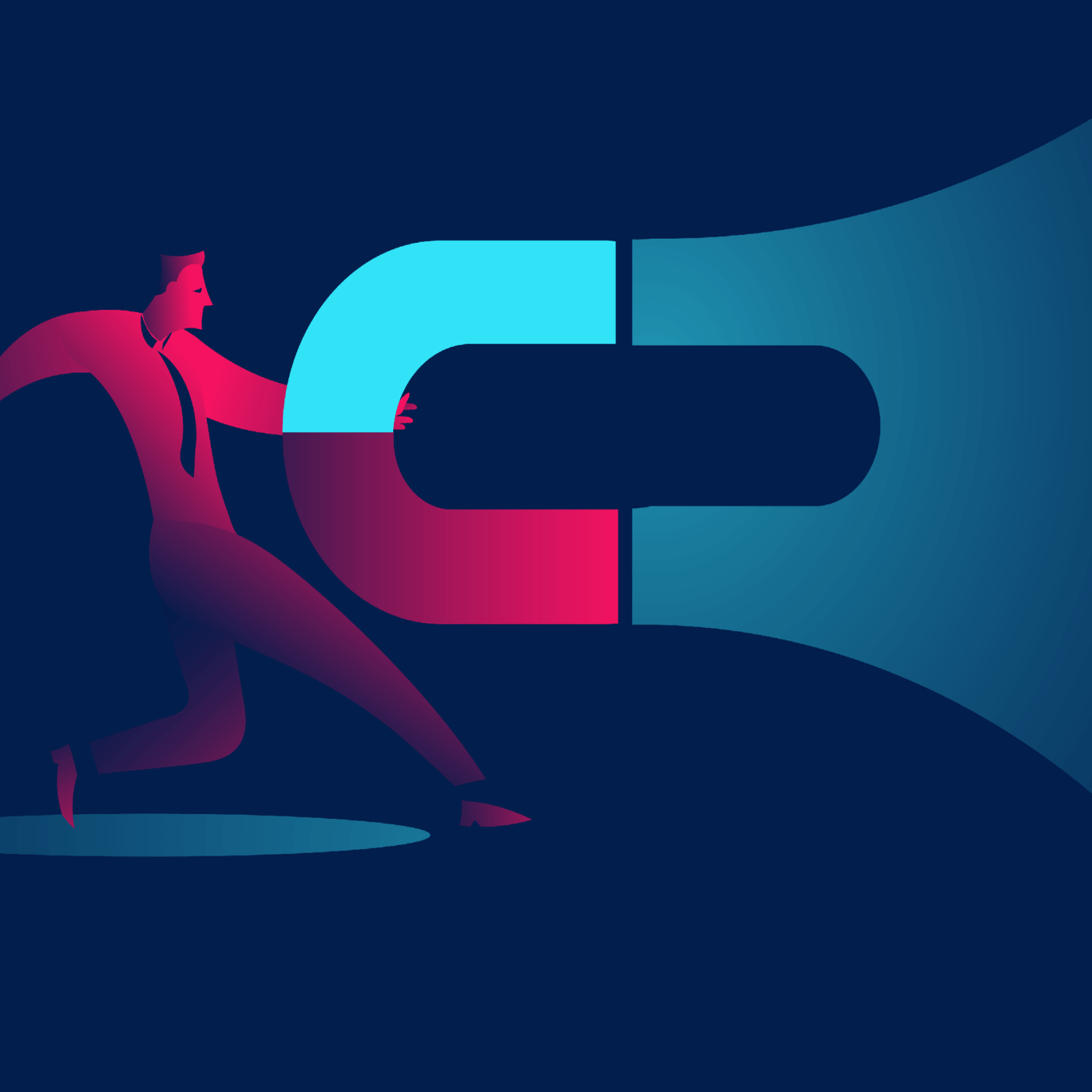
Most Valuable Business Asset? Your Brand.
What if I told you that your most valuable business asset isn’t your equipment, your inventory, or even your customer list? What if the thing that could make or break your company’s future is something you can’t physically touch — but your customers feel every single day?
Your brand isn’t just a logo or a tagline. It’s a valuable business asset that represents intangible worth and directly impacts your company’s financial performance and competitive position. At Burick Communication Design, we’ve had amazing opportunities to work with national and local brands, large and small, and we’ve witnessed firsthand how a well-crafted brand functions as a business asset when it’s done right.
Pricing Power: The Premium Advantage
Strong brands command premium pricing, plain and simple. Think about it — procurement teams willingly pay significantly more for Caterpillar equipment when comparable machinery exists at lower prices. That’s brand equity at work. When your brand carries weight in the marketplace, you’re not competing solely on price anymore. You’re selling reliability, expertise, and proven results. This pricing power translates directly to higher profit margins and revenue that flows straight to your bottom line.
Brand equity can be quantified and often represents a significant portion of a company’s total value. B2B powerhouses like IBM, Intel, and John Deere have brands worth billions—sometimes more valuable than their manufacturing facilities and inventory combined.
Marketing Momentum: The Efficiency Engine
Here’s where smart CEOs start paying attention to ROI. A strong brand serves as a trust mechanism that dramatically reduces customer acquisition costs while increasing retention rates. When customers recognize and trust your brand, they’re more likely to choose you without extensive convincing. This creates predictable revenue streams and reduces marketing expenses over time.
Instead of constantly hunting for new customers, your brand becomes a magnet that attracts them. That’s marketing efficiency that directly impacts your budget and profitability.
Competition Blocker: Your Defensive Wall
In today’s exponentially growing competitive landscape, brand identity helps you stand out and communicate your unique value proposition. This differentiation creates competitive barriers that are difficult for competitors to replicate quickly. While they can copy your products or services, they can’t easily replicate the trust and recognition you’ve built with your audience.
Your brand becomes your defensive moat in an increasingly crowded marketplace.
Growth Accelerator: The Expansion Engine
Brands can be legally protected through trademarks and provide a foundation for business expansion. They enable companies to extend into new product categories or markets more easily because the brand carries established credibility. When General Electric expanded from light bulbs into aviation engines, power generation, and healthcare equipment, buyers trusted the GE brand before they trusted the individual product lines. When Microsoft moved from software into cloud services and hardware, their brand equity opened doors that would have remained closed to an unknown company.
Stakeholder Magnet: The Talent and Capital Attractor
Strong brands don’t just attract customers — they attract better employees, investors, and business partners. Top talent wants to work for recognized, respected companies. Investors want to fund businesses with brand equity. Partners want to associate with brands that enhance their own reputation.
Strong brands also provide resilience during crises. When challenges arise, customers and stakeholders are more likely to remain loyal to trusted brands they believe in.
The Snowball Effect: Compound Brand Value
Here’s the game-changer: brand value compounds over time through consistent experiences and strategic investment. Unlike physical assets that depreciate, brand equity grows with ongoing investment and positive customer experiences, making it one of the most long-lasting and dynamic assets your business can develop.
The question isn’t whether you can afford to invest in your brand — it’s whether you can afford not to.

